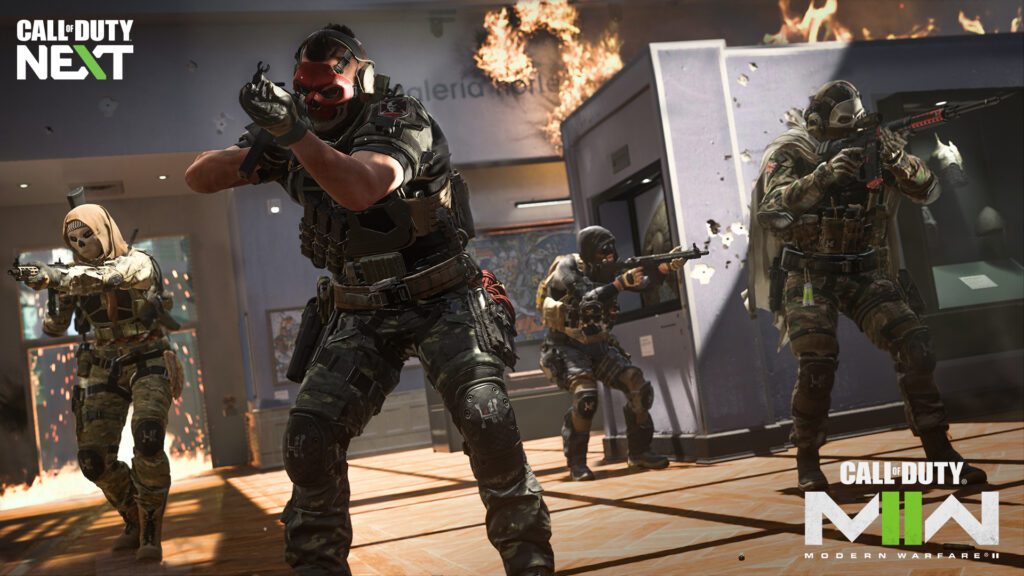Multiplayer games have seen a surge in popularity and game designers are striving to create social experiences that keep players engaged. Designers must have a deep understanding of their target audience and incorporate features such as in-game chat, multiplayer modes, and social features that encourage a sense of community. Providing players with a sense of progression through achievements and leaderboards, as well as regularly updating content, help to keep their interest. Co-operative gameplay, team modes, and social events encourage social interaction, while ensuring a level playing field and dealing with cheating are also critical elements of multiplayer game design.
Multiplayer Game Design: Building Engaging Social Experiences
Games have always been a popular form of entertainment, and with the advent of technology, it has become easier to create and play games. In recent years, multiplayer games have gained immense popularity, and game designers are working hard to create engaging social experiences. Multiplayer games are enjoyed by gamers all around the world, as they provide a sense of community and teamwork. In this article, we will discuss how multiplayer games are designed to create engaging social experiences.
Understanding the Target Audience
The first step in designing a multiplayer game is understanding the target audience. Designers must understand the players’ preferences, playing styles, and expectations. Some players prefer a competitive gaming environment, while others prefer a more laid-back social experience. Game designers must work closely with the marketing team to understand the target audience and create a game that meets their expectations.
Creating a Social Environment
To create an engaging social experience, game designers must create a social environment that players can interact with. This can be achieved by adding features such as in-game chat, multiplayer modes, and social features such as friend lists and guilds. These features enable players to form a community within the game, and they can interact with other players even when they are not actively playing the game.
Providing a Sense of Progression
Multiplayer games are often based on leveling up or improving skills. Game designers must provide a sense of progression to keep players engaged in the game. This can be achieved by adding features such as achievements, leaderboards, and new content updates. Players love to see their progress and compete with other players, so game designers must keep adding new content and features to keep the game fresh.
Encouraging Social Interaction
Encouraging social interaction is key to creating an engaging multiplayer game. Game designers must create a game environment that encourages players to interact with each other. This can be achieved by adding features such as co-operative gameplay, team modes, and social events. Players love to work together towards a common goal, and these features add an extra dimension to the game.
Balancing the Game
Multiplayer games must be balanced to ensure fair gameplay. Game designers must ensure that no single player or team has an unfair advantage. This can be achieved by creating a well-designed game and balancing the abilities of players and teams. Players must be able to compete on a level playing field to ensure the game remains engaging.
Dealing with Cheaters
Cheating is a major problem in multiplayer games. Players who cheat often spoil the game for others and ruin the social experience. Game designers must be proactive in dealing with cheaters by adding anti-cheat mechanisms and monitoring the game for unusual activity. Players must feel that the game is fair and cheating is not rampant.
Conclusion
Multiplayer game design is a complex and challenging task. It requires game designers to create engaging social experiences that keep players hooked for hours. Designers must understand the target audience, create a social environment, provide a sense of progression, encourage social interaction, balance the game, and deal with cheaters. With these elements in place, multiplayer games can be an extremely rewarding experience for players and a profitable venture for game developers.
